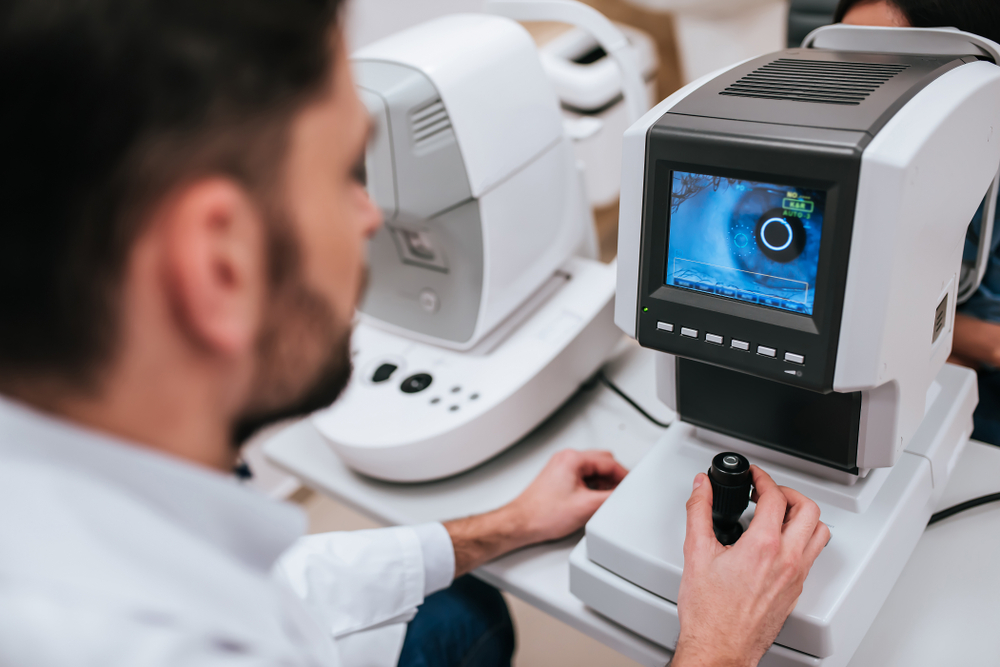The eye is filled with a gel (vitreous) that supports its shape. The retina is the light-susceptible tissue at the rear of your eye. It records visual images and sends them to your brain so you can see. Behind the retina is a thin layer of blood vessels that bring oxygen to the retina.
With age, the vitreous contracts, separating from the retinal tissue. When the vitreous separates, it causes “floaters” to appear. Floaters are small dots or strings that seem to be moving across your field of vision. Floaters are harmless. But they can be a sign that the retina has torn.
As the vitreous tears away from the retina, it may cause damage. If vitreous gel seeps through the crack and behind the retina, it can peel the retina away from part of its blood supply. The vision is restricted wherever the retina is disconnected. Retinal detachment can result in decreased vision, even if it is eventually repaired.
If the retina has torn but has not yet detached from the wall of the eye, treatment can create an adhesive scar around the retinal tear. This is like stapling around a hole in the wallpaper to keep it from coming off the wall. This can be done with laser treatment, which uses heat to create the scar. It can also be done with cryotherapy, which establishes an injury using cold. Eye surgery is needed to treat a retinal detachment. The type of surgery used depends on the type, size, and location of the detached part of the retina. Timely treatment is successful in over 90% of cases.


